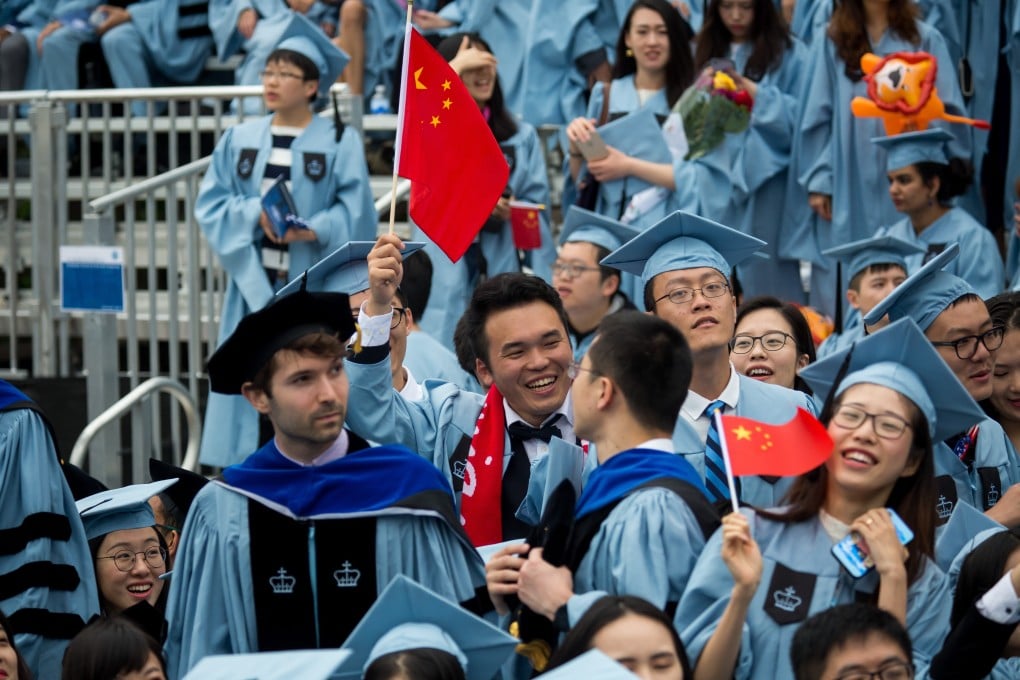Opinion | Under Joe Biden, the US looks set to welcome back international students
- In contrast to Trump administration policies that deterred overseas students, Biden’s statements and initial actions in office have been supportive of higher education and welcoming towards STEM graduates

As vice-president in the Obama administration, Biden recognised the value of international students, both economically – according to the US Department of Commerce, international students contributed US$45 billion to the US economy in 2018 – and as members of university communities, facilitating cultural exchange and knowledge transfer.
The duration of visas issued to Chinese graduate students in “sensitive” fields like robotics, aviation and hi-tech manufacturing was shortened from five years to one in 2018, due to the former administration’s heightened scrutiny of Chinese students.
Thousands of students move to the US to specialise in these very fields – 55 per cent of STEM (science, technology, engineering and maths) students in US universities in 2019 were foreigners. However, these numbers have been dropping – the number of international student visas issued fell by nearly 10 per cent between 2017 and 2019.
